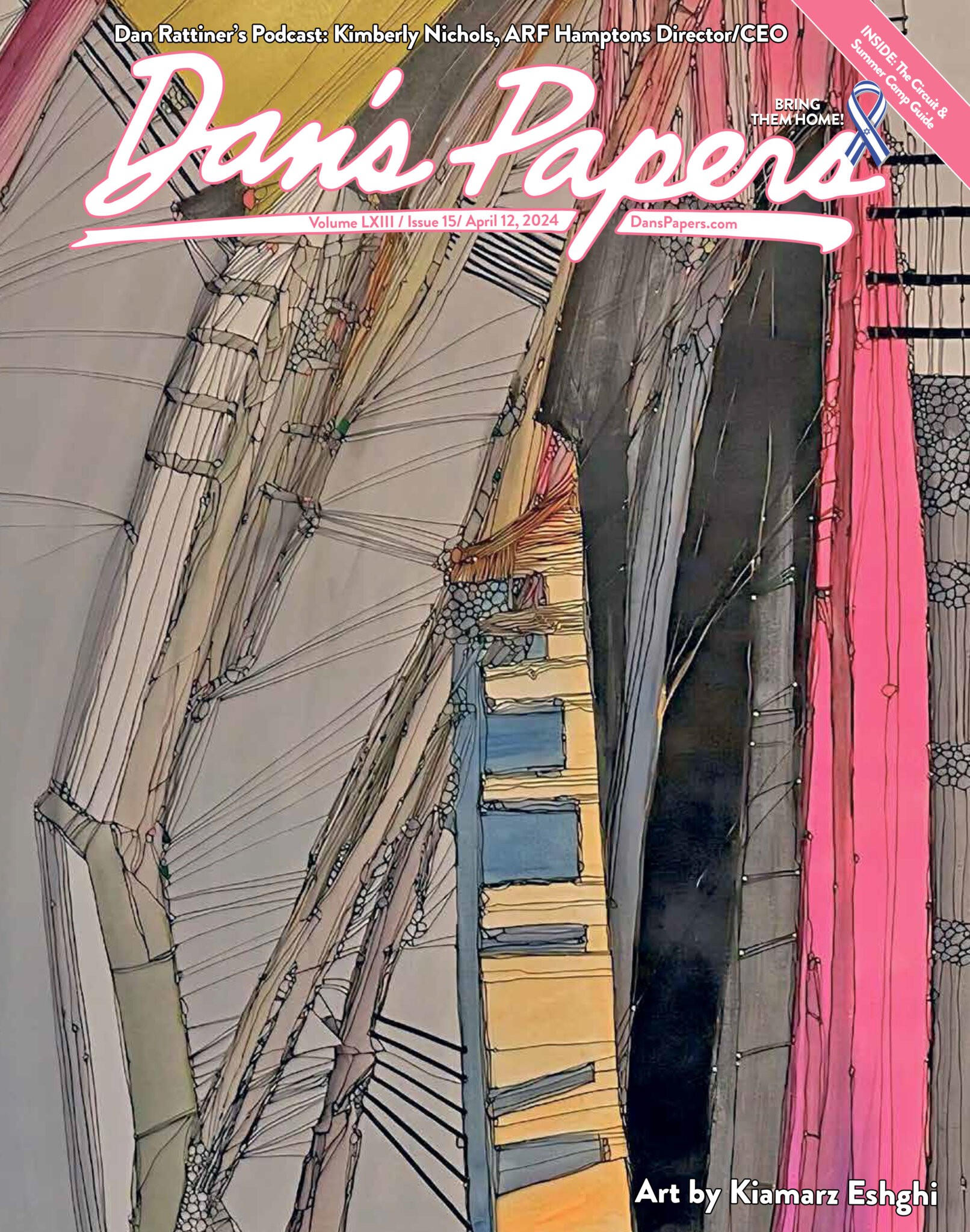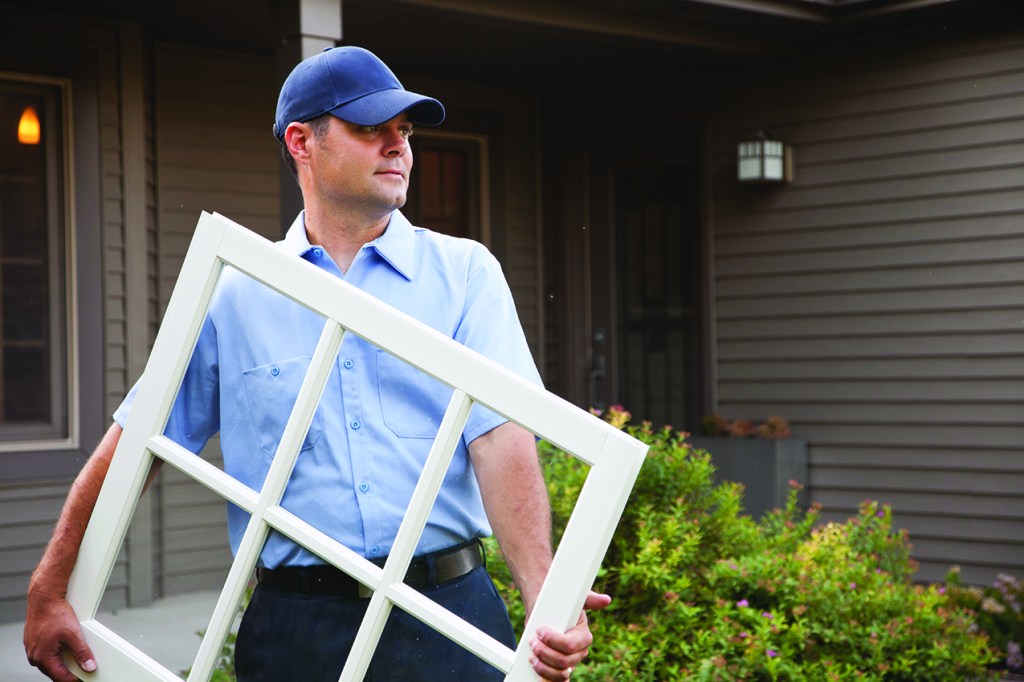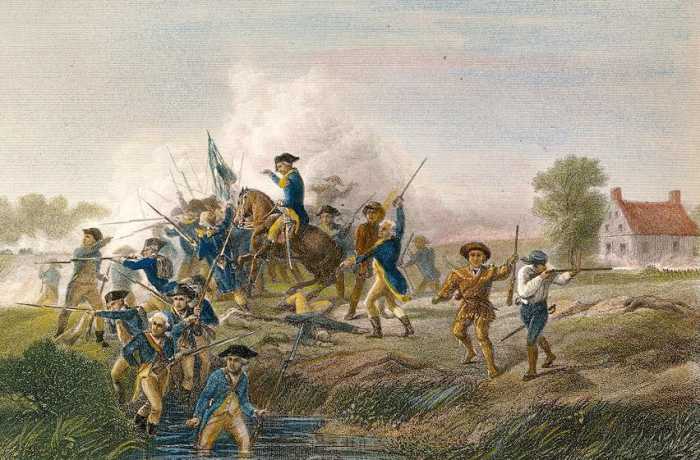Dan's Cover Artist Kiamarz Eshghi Defines 'Organic Abstract'
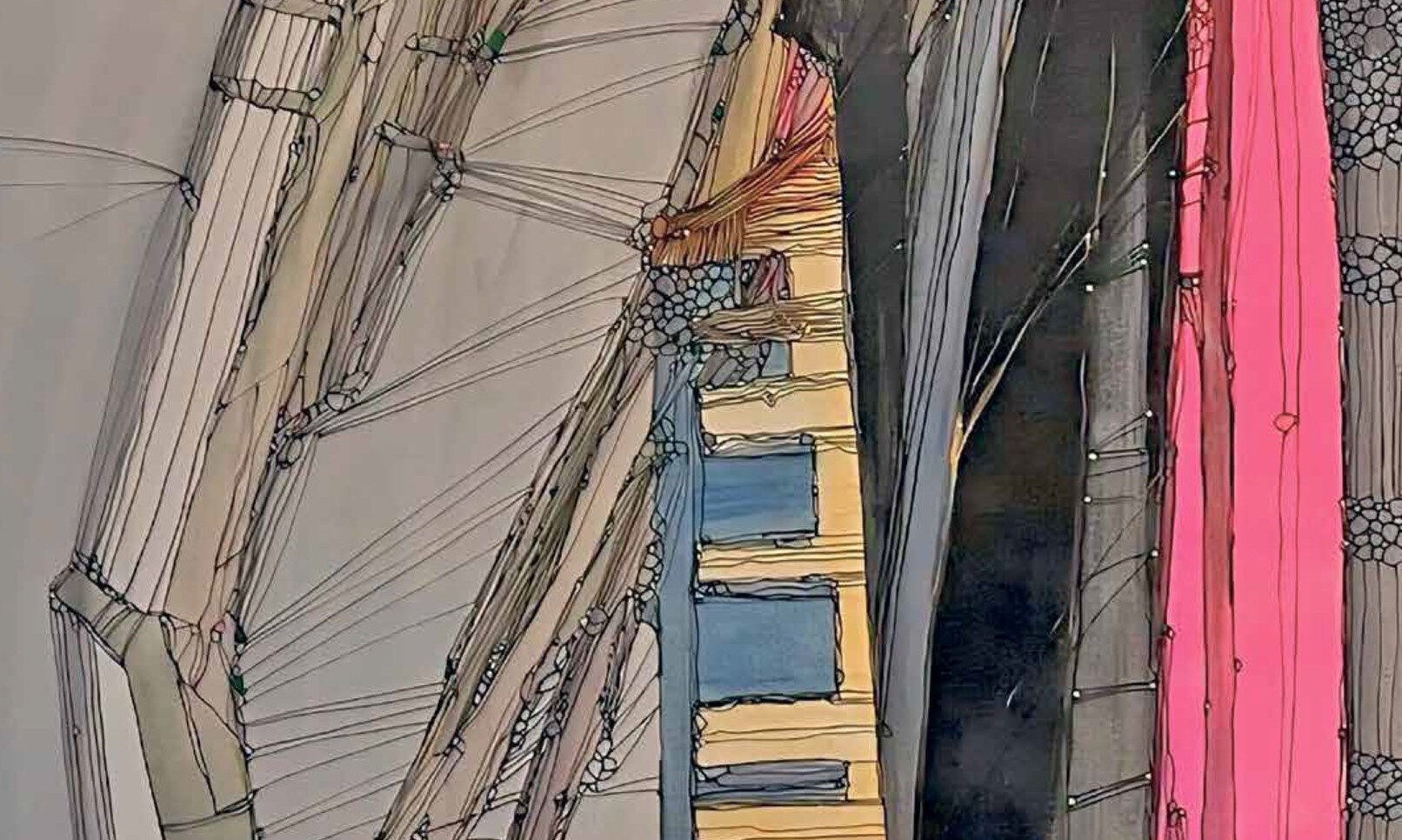
This week’s cover art, “Organic Abstract” by Kiamarz “Kia” Eshghi, captures the unique artistic voice that earned Eshghi his most cherished exhibition, the solo Kia: Organic Abstract at the Queens Museum of Art in 2009. Here, he discusses the cover painting, the eponymous series it hails from and moments from his illustrious six-decade-long art career.
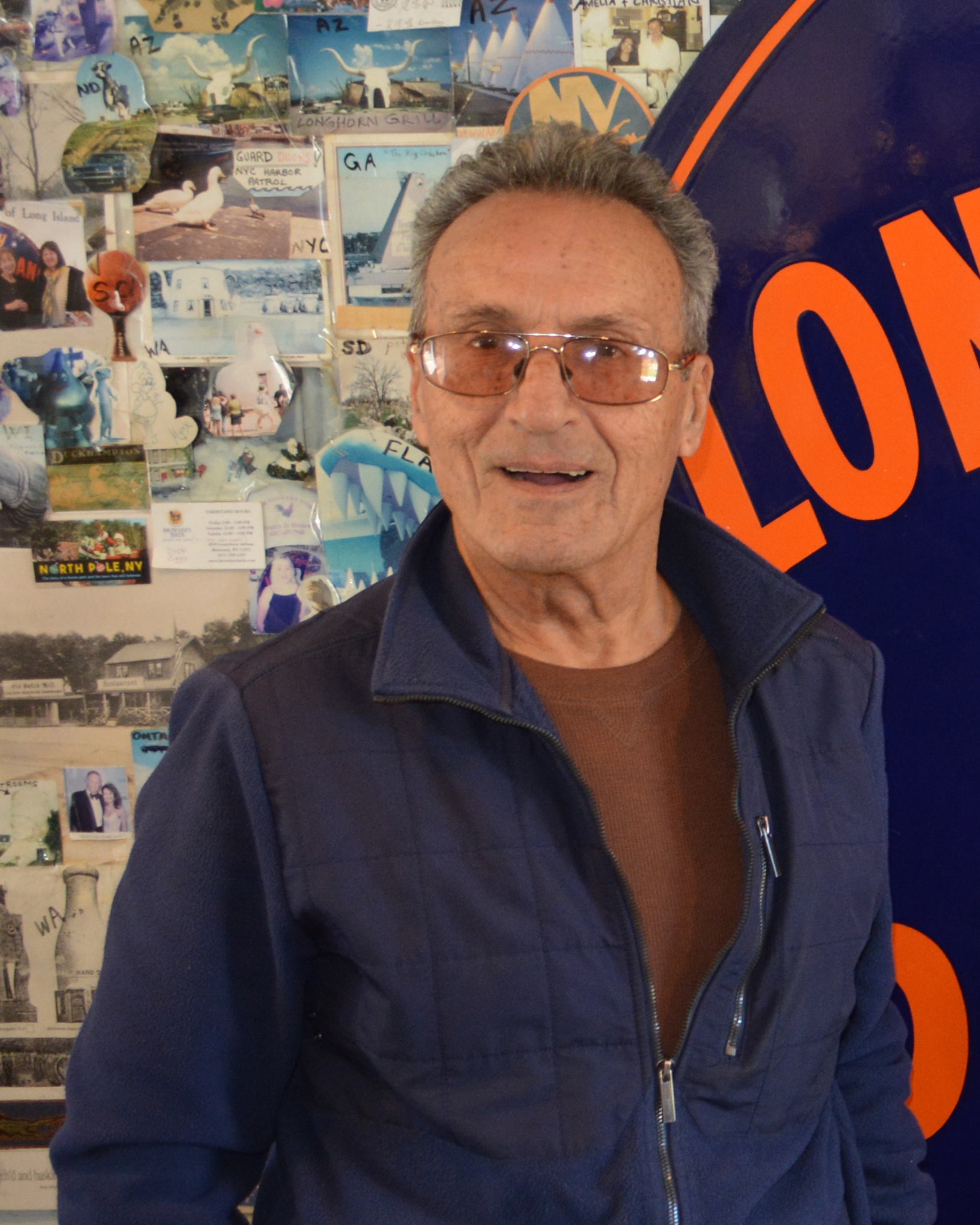
A Chat with Kiamarz Eshghi
What is the name of the featured cover painting, and what inspired its creation?
The title is “Organic Abstract.” It is from a series of nine or 10 pieces, which I did in that certain technique. To me, this was fresh and new — something that nobody did. It’s like, if you were to go out to the gallery and see it, you would see that it belongs there. “Organic Abstract” is also the name of the show that I gave to the Queens Museum of Art (in April 2009), and they did a very nice job.
“Vision #1” (featured on the cover of the Dan’s Papers July 9, 2021 issue) is also part of the Organic Abstract series. It goes to the root of my work; that makes it different than others.
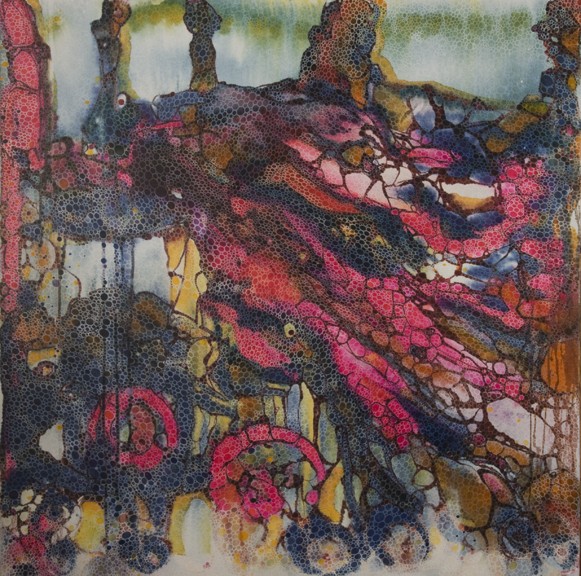
Could you explain more about the creation process and technique that went into the Organic Abstract series?
I was very concerned, years ago, to come up with an idea that is different than others. Most of the things that I have done originated right on the canvas. I didn’t do any drawing or any way of showing different things with a different vision. I was very concerned about color, which you see in the paintings.
They look like they’re related together when you see them in a big hall or a big gallery — all of these pieces that I have mostly related together. That is another thing: That you never forget what is going on until you just become part of that situation, part of that artwork. It was good. It was very, very nicely preserved (at the Queens Museum of Art).
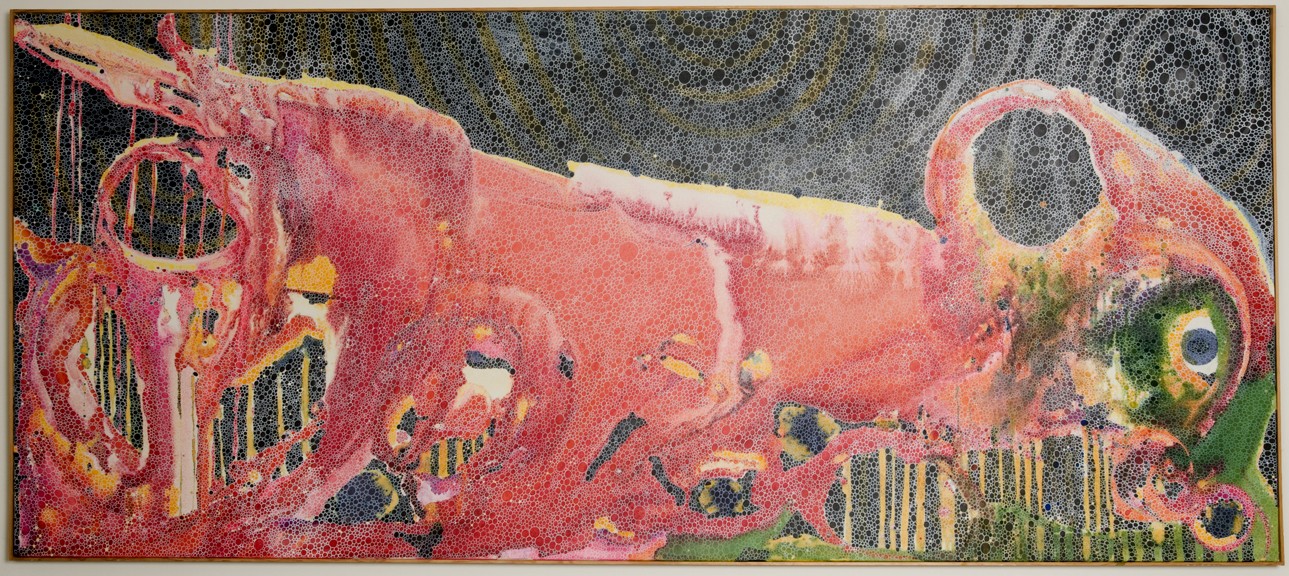
How frequently are you creating new paintings these days?
Probably every few months, I come up with an idea for a piece. If I get a chance to put it together, I go to my Hamptons studio and try to work it out. But sometimes things don’t go that direction, so I can just run away with ideas until I find time to do them.
When I start a piece, I love to rush to finish it. I have to get it out of my mind and go to another idea. It’s suggested to put things in that order. In my work, it is very important for me to get the time together to finish up (a painting) — three hours one day, four hours another day, or even 10 hours. Some of the time I go on and on until I finish the painting.
How has your art style evolved since the Organic Abstract series?
It has been a long time. … Sometimes a (painting still) becomes organic abstract while you are (painting it), and you are going to have to make some kind of assessment for the piece that you’re doing. Timing is not a concern — meaning how long it takes me to finish up the few paintings while I’m doing them (at the same) time.
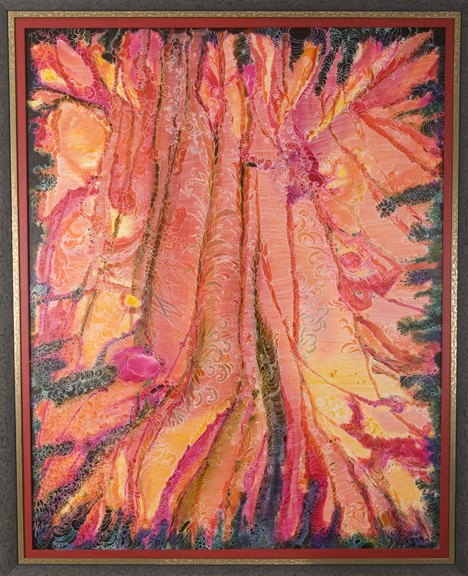
What do you consider to be the greatest moment of your art career?
That was probably (my career) around 1986. Around that time,t I was living and had a studio in Sands Point, Long Island.
Actually, a better time than that was (in 2009 working with) the Museum of Art of Queens. That one show went far back (in my art portfolio), and I showed 12 or 13 pieces there in the Queens.
Are you exhibiting your art in the Hamptons this summer?
I wish I could put together a show in Hampton Bays or Southampton. I picked up a (gallerist’s) card last time I was at a party at Vicki Schneps’ house. … I think I’m going to follow up on that and also start searching for someplace good to show some of the pieces.
I’m really happy that (Dan’s Papers) chose the piece that you chose (for the cover), and I hope people look at my work one more time to see how it fits their taste.
